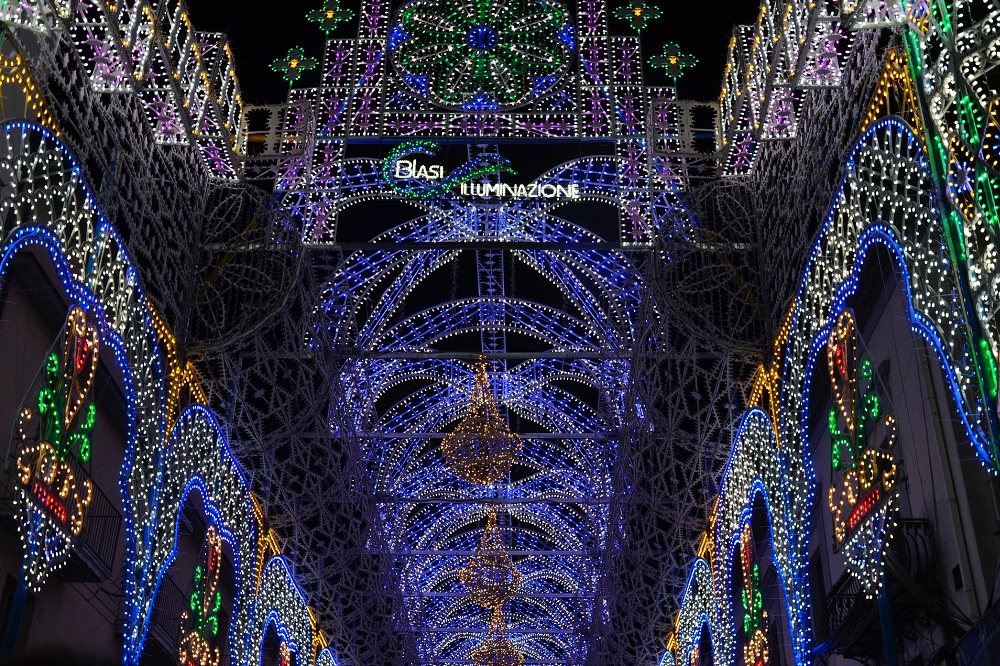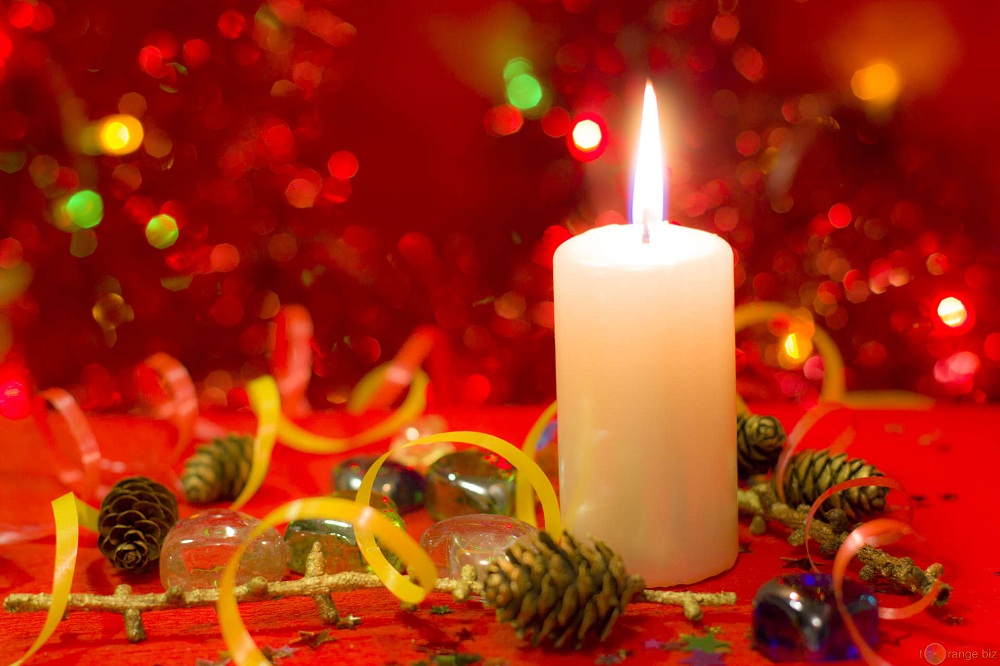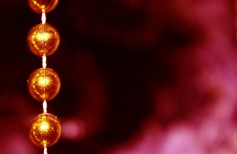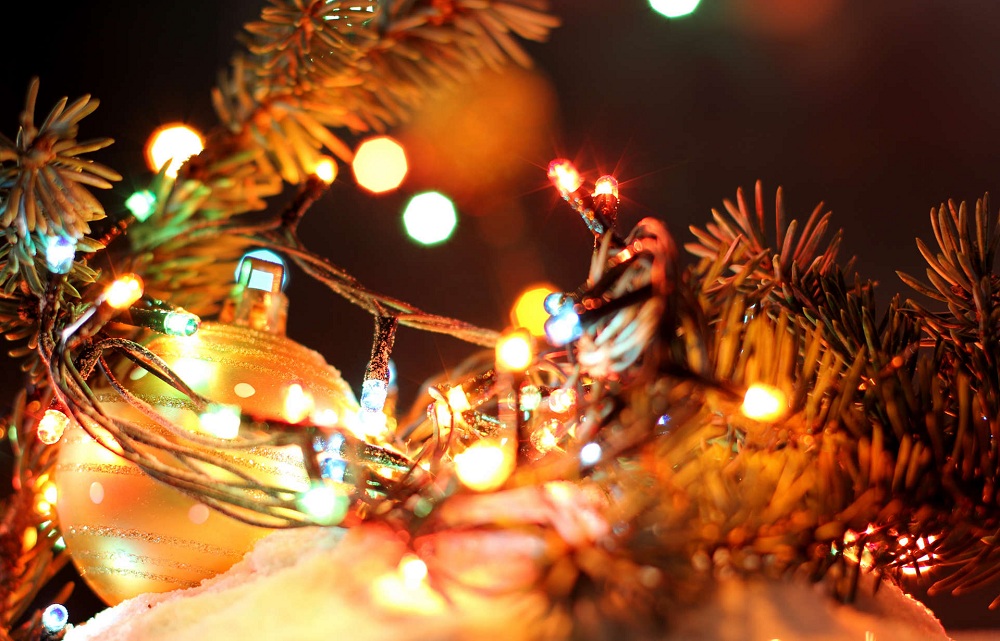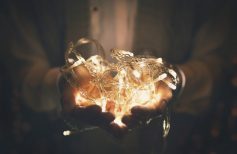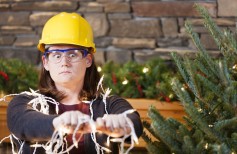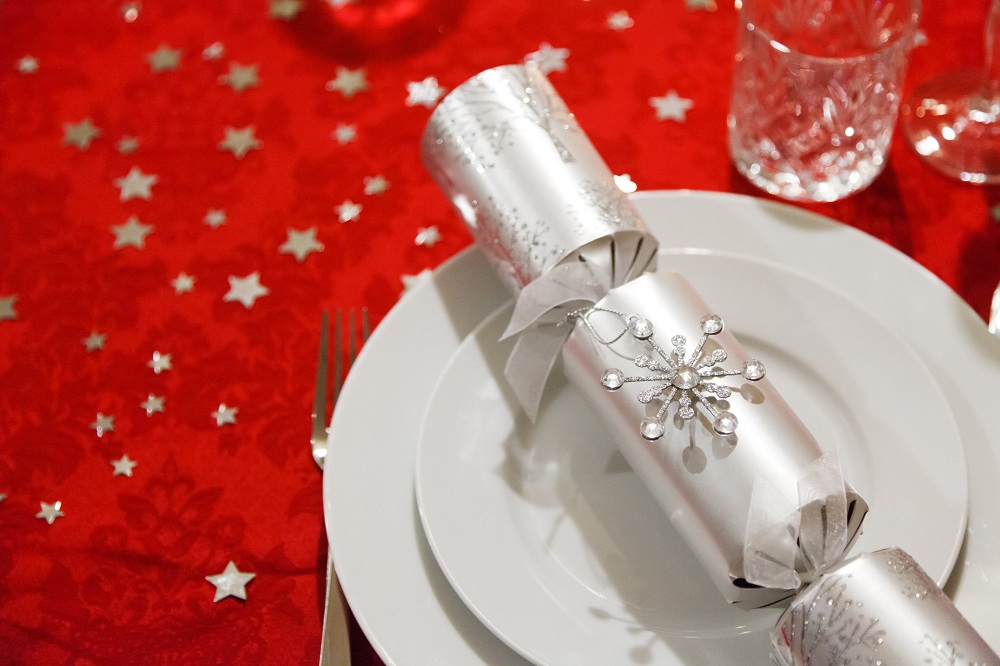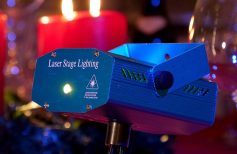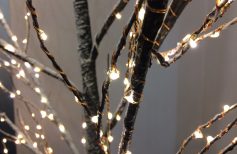Christmas lights are a suggestive and essential tradition during the holidays, and not only in our country. This is how they were born.
The custom of lighting the house on the occasion of Christmas has ancient origins and that sink in the profound religious sense of Christian countries. Originally, light sources were torches and candles, with which furniture, window sills and the first Christmas trees were decorated, very different from those we are used to today. We talked about it in an article, some time ago, dedicated to Christmas decorations for the outdoors: the lights.
The meaning of those lights that lit up the nights, then really dark and frightening, was twofold. On the one hand, there was the desire to make the house warmer and more welcoming, leaving out the rigours of winter and the horrors of the night. On the other hand, immediately emerges the powerful symbolism that light has always been covered in the context of the Christian religion. Light as the essence of God and the first element created by Him.
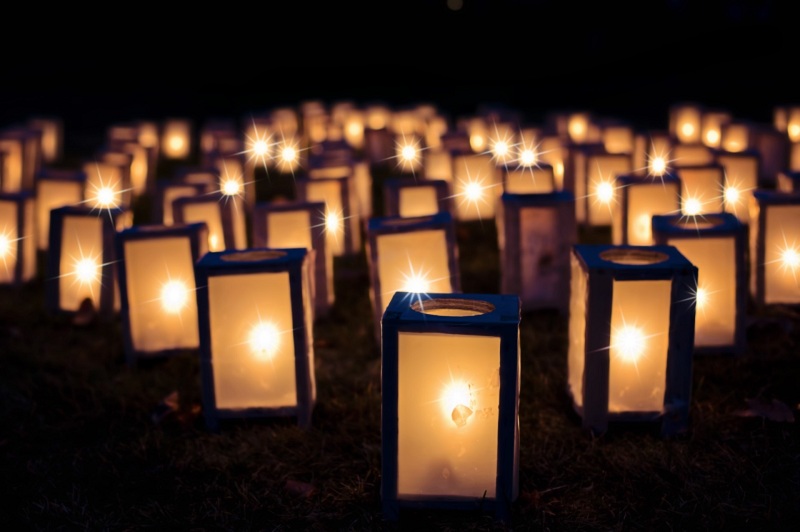
Light as the personification of Christ who defeats death and by resurrecting brings the promise of eternal life to all men. Just think of the light that constantly illuminates the tabernacle, or the paschal candle, as well as the baptismal candle. From childhood, they teach us that it is a sign of affection and devotion to light a candle in the church, in front of the statue of the Madonna or of the favourite saint.
Here, then, is that the light of a simple candle takes on profound meanings, and imagining the flames that on Christmas Eve lit up the houses and streets of our country, or of the villages of Germany immersed in the dark forests of the north, evokes the perception of an ancient and strong religiosity.
This is how the Christmas lights are born, as a sign of devotion, as the desire to welcome the light into one’s home and project it outside, so that everyone can see it, so that everyone can enjoy it, in those magical and joyful nights.
How was this tradition born, which still today characterises the holidays in our cities and much of the world?
History of the illuminations
Starting from Italy, the Christmas lights are born as part of the celebrations dedicated to the saints that have always been held in our country.
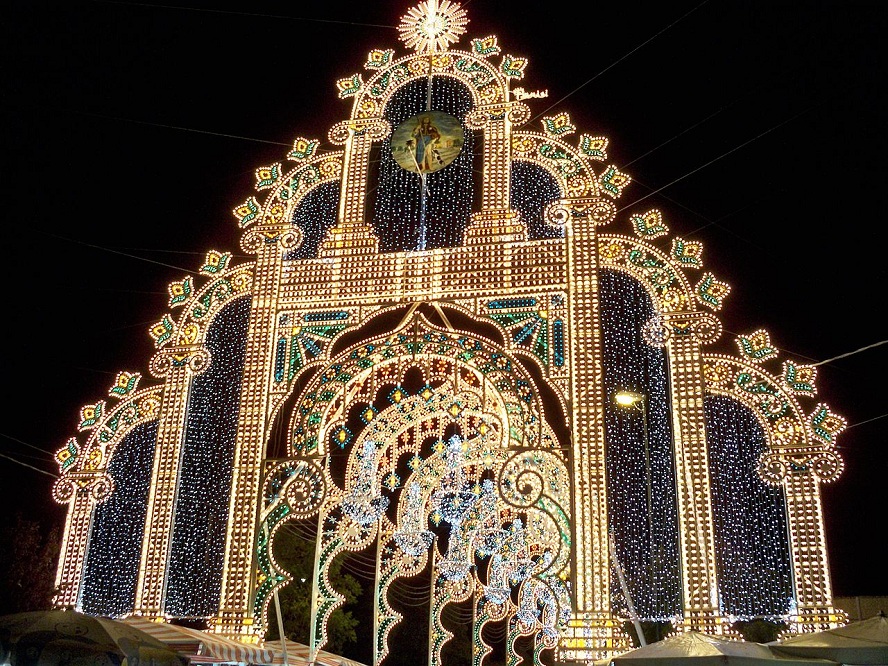
If it is true that the lights as we know them today, the electric ones, were born only in the 1930s, and developed hand in hand with the diffusion and increased accessibility of electricity for all segments of the population, knowing a true boom only in the 1950s, it is also true that, previously, Italian cities and towns had already been able to make spectacular the feasts dedicated to their patron saints, to the Madonna and in general to every aspect of religion. We just think that great artists of the past, such as Michelangelo or Bernini, contributed to the staging of great popular festivals, together with famous architects and writers. This is because this kind of party has always involved everyone, from religious to rulers, to the last of peasants or artisans. The feast day was not just an occasion to pay homage to God or a saint. It was the moment in which everyday life, made up of work and effort, was left, suspended, and this made it necessary for the city or town, or even just the churchyard to be transformed, to become a new place, dedicated to something special.
We are therefore talking about traditions that were already widespread in the sixteenth century, almost everywhere in Italy, even if, in some respects, their evolution was concentrated above all in the South, where, even today, immense importance is given to processions and at feasts in honour of the saints or of the Madonna.
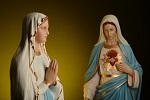
The Annunciation of the Blessed Virgin Mary
The Council of Trent was one of the largest meetings of Bishops that history can remember …
Indeed, in those regions, the festivals became a real form of art, especially linked to the Baroque culture, to which it has always been close. In this context, the decorations set up on the occasion of the party are called parations, which can be internal or external, and which are often enhanced with the use of torches and lamps. Arches, pediments, candelabra, but also thrones, altars, draperies, liturgical crowns, were often illuminated in the evening to add wonder to wonder. It is no coincidence that another typical element of these patronal feasts were the fireworks, which brought more light to illuminate the night, which was so momentarily banned.
The profound historical and social changes will lead to the inexorable decline of this art form, but the tradition of baroque parations has evolved and adapted to modernity. We find it precisely in the Christmas lights, which every year transform the cities into a different and wonderful place, giving them a magical atmosphere and recalling all the past splendour.
An example to everyone? Scorrano, in the province of Lecce, is considered the world capital of lights. We are talking about a small town of only 7,000 inhabitants, but where three companies that supply lights set up public lighting for Christmas and the feast of Santa Domenica, in the first half of July.
If we want to talk about the trees lit up at Christmas, there is a beautiful legend linked to Martin Luther, who wandered in a snowy forest on a Christmas night. Seeing the branches and leaves of ice-covered trees twinkling in the moonlight, he thought it would be wonderful to make the tree branches that adorned the houses shine in the same way during the holidays, using candlelight. But it was not until the eighteenth century that it became common among Protestants to light the tree during holidays. The trees were decorated with trinkets, ribbons, fruits, and even with candles or oil lamps.
A less legendary tradition has it that it was Edward Hidden Johnson, the equal partner of Thomas Edison, father of electricity, who decided to use electricity to decorate his own Christmas tree, in 1882. He replaced the classic candles with eighty of the bulbs produced by his company, connected to an electric wire in a single series, and encased in small glass globes. We are already talking about the Christmas lights as we know them! But at the time only an eccentric billionaire like Johnson could afford enough energy, and for such an exquisitely aesthetic purpose. However, his idea was very popular and soon followed in several cities in the USA.
The Christmas lights today
And today? We live in the digital age, of often exasperated modernity, to the point of making us lose sight of what in the past aroused emotion and wonder. Yet modern LED lights and laser effects still manage to evoke the Christmas atmosphere, in new and evocative ways.
We have dedicated many articles to Christmas lights, from the various types available on the market, to how to use Christmas lights in complete safety. It would be really terrible to ruin the Christmas holidays with a fire! Yet it happens more often than we think that lights get hot, especially if they are non-standard lights, or if they are placed on a tree and left on at night or when no one is home.
But we prefer to keep on happier topics, reminding you for example how, in recent years, Christmas decorations with lights have reached the dimensions of a real phenomenon of fashion and costume in the United States. Just think of what happens every year in the New York district of Dyker Heights, where since the mid-1980s the inhabitants have given birth to a real decoration race. The goal is to make your home, starting well in advance of Christmas, as ‘Christmas’ as possible and worthy of the admiration of the neighbours and the many tourists who visit the neighbourhood every year. The neighbourhood is transformed into an enchanted place, populated by animated mannequins, moving sets, balloons, coloured wooden sculptures, and of course lights, lots of lights that illuminate the houses and the streets of day, transforming Dyker Heights into a magical Christmas village.

